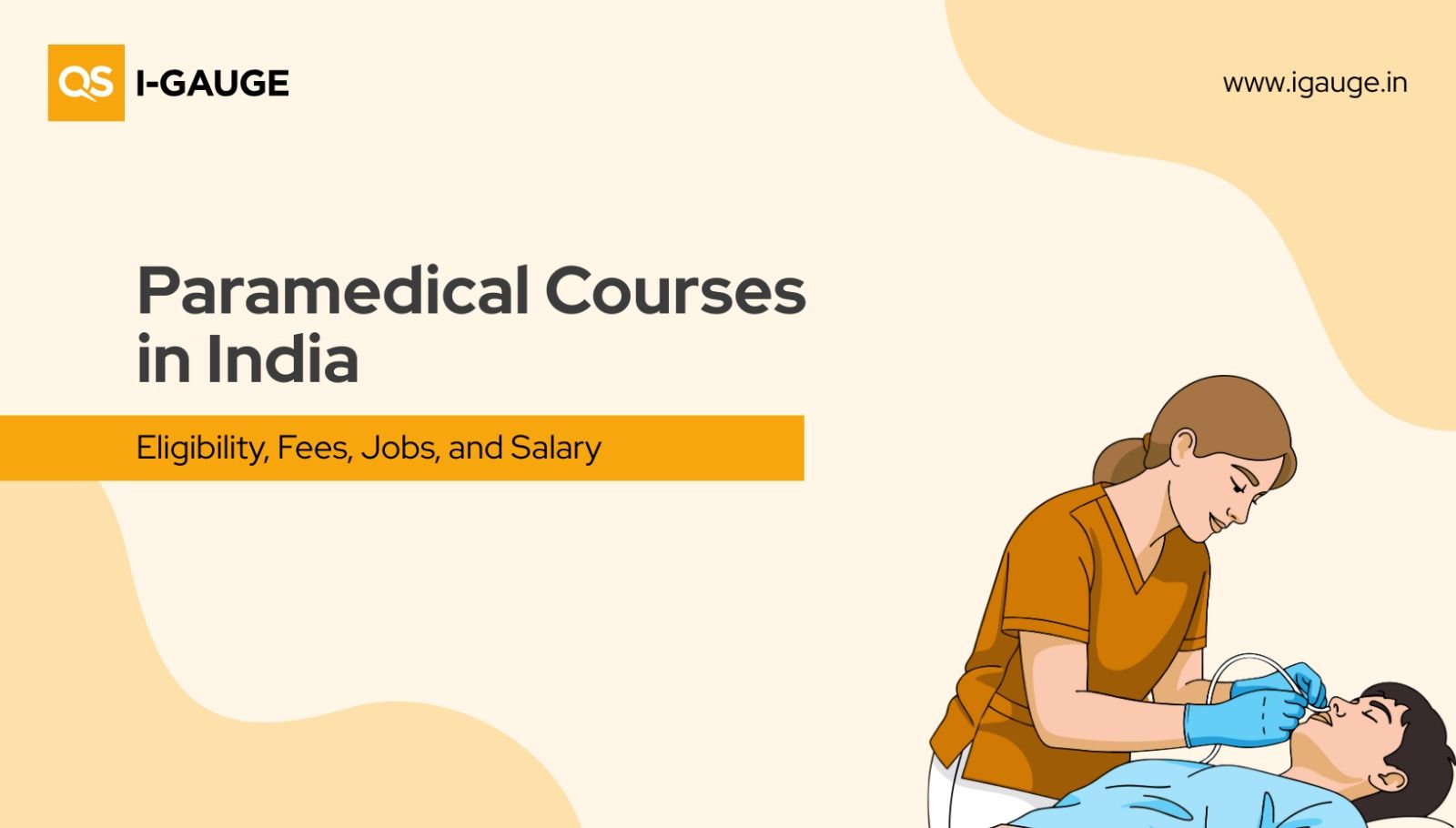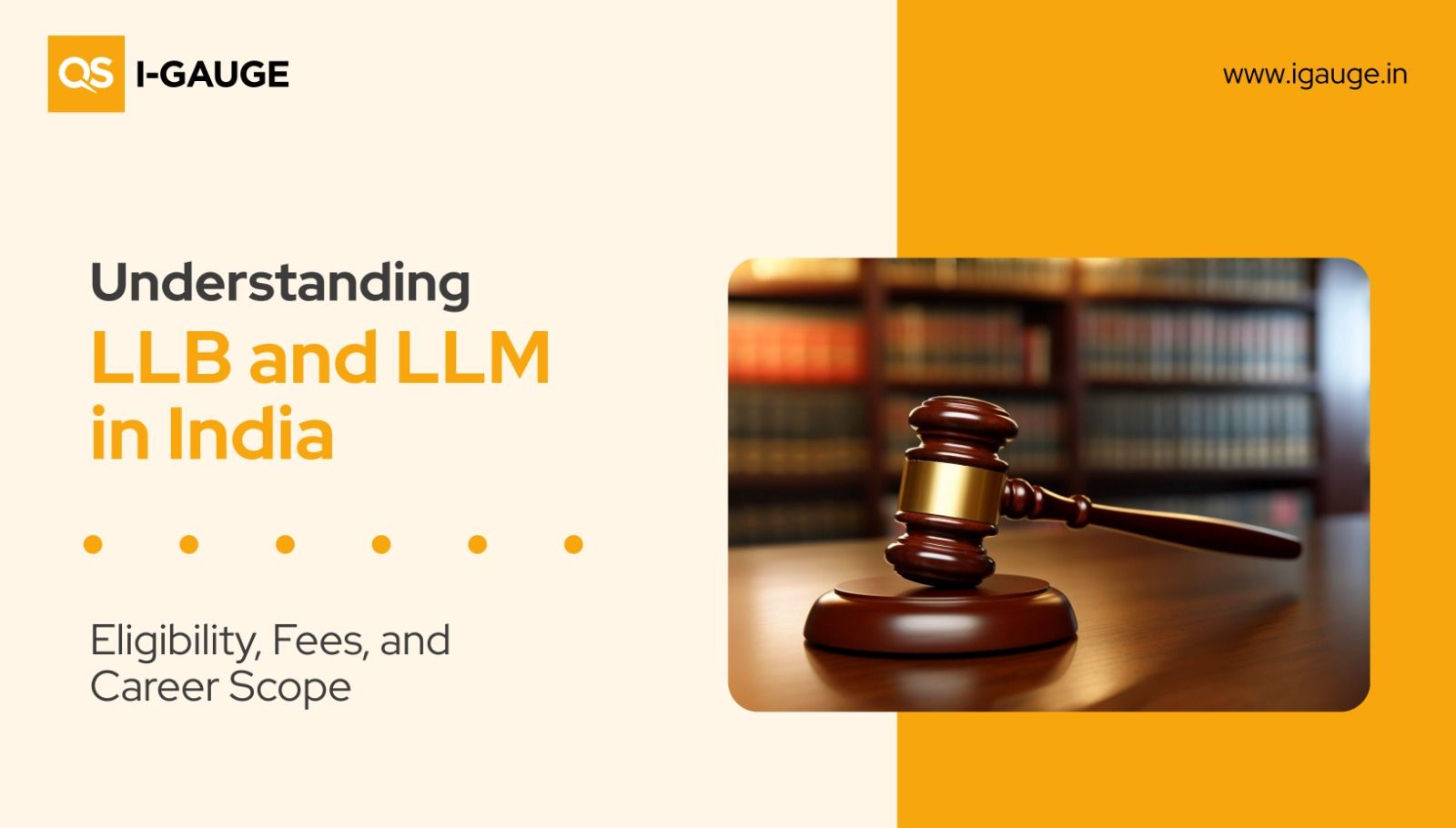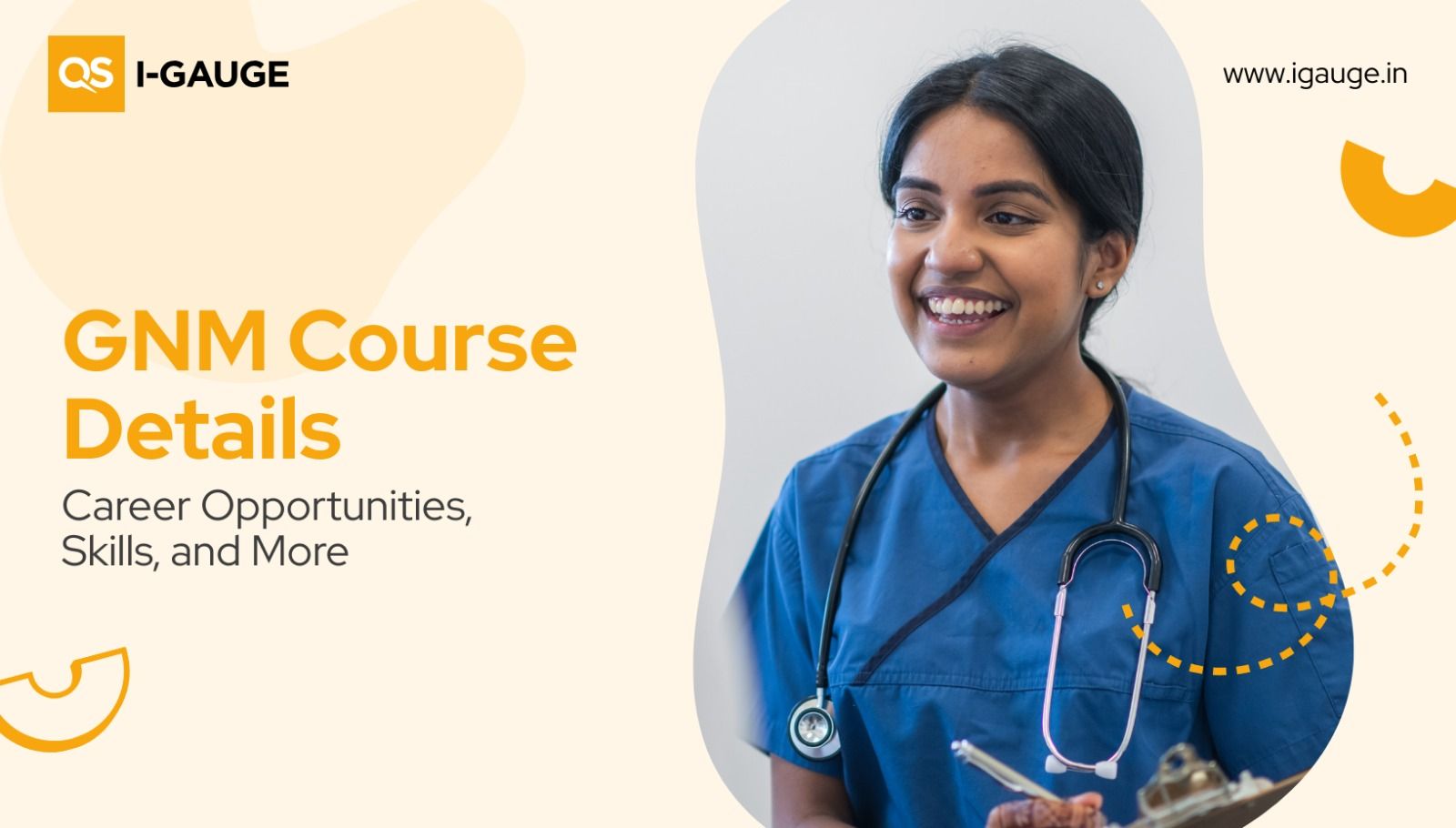
After completing your 12th standard, you’re at a crossroads about the course that will shape your future. The choices today are more diverse than ever—should you follow a traditional academic path or explore the exciting world of modern, emerging courses? This blog will walk you through both options, highlight their pros and cons, and share real-life stories to help you make an informed decision.
Understanding traditional courses
What are Traditional Courses?
Traditional courses are the classic academic streams—Science, Commerce, and Arts/Humanities. These include degrees like B.Sc., B.Com, BA, MBBS, B.Tech, Law, and more.
Advantages of Traditional Courses
Trusted and recognised: These courses have a long-standing reputation and are widely accepted by employers.
Structured learning: The curriculum is well-defined and stable, providing a strong academic foundation.
Career stability: Many traditional degrees lead to stable, respected careers in fields like medicine, law, teaching, and civil services.
Challenges of Traditional Courses
High competition: Limited seats and high cut-offs make admissions difficult.
Slow to adapt: Some courses may not keep up with the latest industry trends.
Less flexibility: It can be challenging to switch streams or explore new interests.
Exploring Modern Courses
What are Modern Courses?
Modern courses are designed to meet the needs of today’s fast-changing job market. They focus on practical skills, industry relevance, and hands-on learning. Examples include Data science, Digital marketing, Animation, Cybersecurity, App development, Event management, and more.
Advantages of Modern Courses
Industry-relevant: Curricula are updated regularly to reflect current trends and technologies.
Diverse opportunities: Opens doors to emerging industries and global career options.
Practical learning: Emphasises real-world experience and skill development.
Challenges of Modern Courses
Evolving fields: Some sectors are still developing, so long-term prospects can be less predictable.
Recognition issues: Not all modern courses are equally recognised by traditional employers.
Continuous learning: Requires adaptability and ongoing upskilling to stay relevant.
Making the Right Choice: Self-Assessment and Guidance
Key questions to ask yourself
· What are my interests and strengths?
· Do I prefer structured learning or hands-on experiences?
· What are my long-term career goals?
Tips to understand it the right way:
Seek guidance and counselling: Gain insights from professionals and mentors.
Workshops and webinars: Attend events to understand industry trends and course options.
Alumni networks: Connect with graduates to learn about real-world experiences.
Combine both worlds: Many students now opt for a hybrid approach—pursuing a traditional degree while supplementing it with modern, skill-based certifications (e.g., coding bootcamps, digital marketing courses). This strategy maximises employability and flexibility.
Case studies: Real-life journeys
Traditional path: Priya’s pursuit of medicine
Priya, a bright student from a middle-class family, cleared NEET and joined a reputed medical college. Despite the demanding journey, her structured training and hands-on experience paved the way for a stable, respected medical career with scope for specialisation and impact.
Modern path: Amit’s digital marketing career
Amit, a commerce student unsure about B.Com, chose a short-term digital marketing course. The hands-on training in SEO, social media, and analytics enabled him to quickly secure freelance projects and later join a startup as a digital marketer. The course’s low fees, short duration, and quick workforce entry were major pluses, though staying updated with evolving trends was essential.
Switching streams – Sneha’s UI/UX design diploma
Sneha, a Science student, discovered her passion for creative fields and pursued a UI/UX design diploma. Modern courses allowed her to switch streams seamlessly, leveraging her analytical skills in a creative industry. She interned at a design agency, built a strong portfolio, and thrived in a collaborative, trend-driven environment.
Blended path: Siddhagiri Gurukulam students
At Siddhagiri Gurukulam, students combine traditional learning—like Vedic maths and crafts—with modern academics and vocational training. This holistic approach builds self-reliance, creativity, and prepares them for modern careers while preserving cultural values.
Modern path: Rahul’s BCA journey
Rahul, a Commerce student, chose BCA to enter the IT field. Its focus on programming and projects led to internships and a developer job after graduation. While continuous upskilling was needed, quick job entry and good pay made it worthwhile.
Traditional path: Ananya’s BA in history
Ananya pursued a BA in History, gaining strong theoretical and analytical skills. Though jobs were fewer initially, the degree offered flexibility—teaching, research, writing, or civil services—with further studies opening specialised roles.
Conclusion: There is no one-size-fits-all answer. Traditional courses offer stability and credibility, while modern courses provide agility and relevance in a fast-changing world. Your success depends on your willingness to learn, adapt, and grow—whether you choose the familiar or the innovative.
Remember: The world is evolving, and so are career opportunities. Stay curious, stay adaptable, and choose the path that aligns with your passion and goals.
Your future is in your hands!
Read More
https://www.igauge.in/blogs/exploring-high-demand-it-careers-in-india-in-2025




